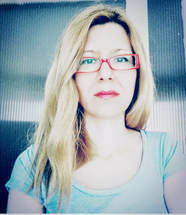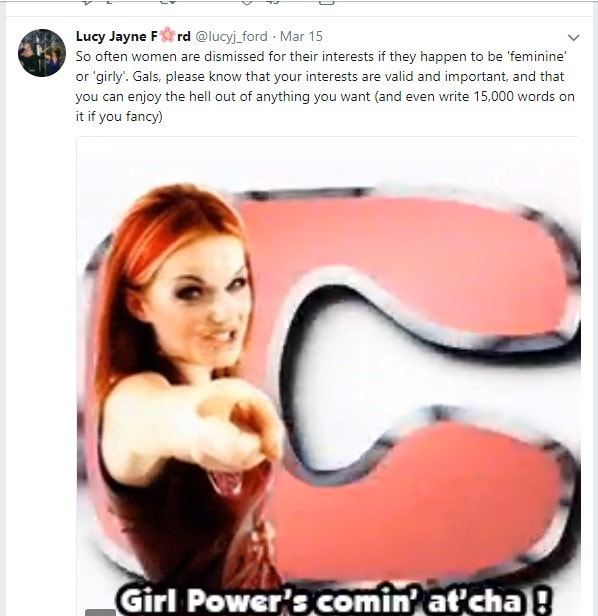|
By Lidiya Angelova
Movies reflect our lives and biases. Since the birth of the movie business, men are often represented as strong, decision-makers and women stand in as weak, secondary characters, unable to deal with anything other than supporting the lead. Even with the rise of the gender equality movement in the movies and its carryover into reality, inherent biases remain in which females that demonstrate intelligence and strength are viewed as more masculine.
17 years ago, a Hollywood romantic comedy questioned all of these biases. In this movie, an attractive woman decides to go to the famed Harvard Law School. Not only is she accepted (despite no one believing that she can get in), but she rises to the top of her class – all while keeping her feminine traits. It's one of the most empowering female-oriented movies of the 21st century and it was a success because many women, including myself, saw themselves in Elle Woods: the nice-looking, kind, but unstoppable woman who knows what she wants. A woman who could be a lawyer or a scientist while wearing pink (and fashionable clothing!) It is not only one of the rare female-oriented comedies, but it exposed issues like:
• the bias against physically attractive women, who are accepted only as a talking decoration • the idea that looks can't determine who you are as a person • how harsh the backlash from society can be when you don’t conform to what’s expected of you The movie is back in the spotlight again thanks to journalist Lucy Jane Ford, who while interviewing the Legally Blonde actress Reese Witherspoon, gave Reese her dissertation that she wrote four years ago entitled “Dumb Blonde Ambition: Legally Blonde, Postfeminism and the Reimagination of the ‘Strong Female Character’.” The video of Reese accepting the dissertation went viral. In response, many women shared that indeed Legally Blonde was an inspiration for them to follow their dreams, despite the societal expectations that beautiful and feminine women can’t also be smart and strong. The 'Legally Blonde' conversation highlighted a strong female character who’s multidimensional and acts like a human. Some women also shared that they wrote dissertations or essays about other unusual role models, like the Hollywood actress Grace Kelly, the former Spice Girls singer turned successful fashion designer Victoria Beckham, and the independent middle-aged girlfriends from ‘Sex and the City’. The interview clip opened the discussion about the idea that only you can truly know and determine your values and what’s important to you. Strong personalities come in different shapes. When someone embarks on different path than expected, that person should receive support, not harassment. And just like in the movie, real life women can be good friends and support each other. Do you have an unusual role model or have you written about it? Tell us in the comments. References https://en.wikipedia.org/wiki/Legally_Blonde https://twitter.com/lucyj_ford/status/973572079000915968 
About the Author
Lidiya’s curiosity about “how life works” led her to complete a Master’s degree in Biology and a PhD in Microbiology. She worked as a researcher at the National Institute of Health in Rockville, MD, USA and is currently a science communicator and writer. She hopes that one day her innovative ideas will be applied in practice even if she is away from the lab. Lidiya loves to travel and has lived in many countries. She is still looking for a place to settle down with her young daughter. Lidiya is thrilled to be a part of the Scientista bloggers team, and loves being able to connect with wonderful female scientists at all stages of their careers, while writing about science and life. Comments? Leave them below!
1 Comment
3/25/2018 07:42:45 pm
Thanks very much for your thoughtful essay!
Reply
Your comment will be posted after it is approved.
Leave a Reply. |
Archives
July 2022
CategoriesAll Amy Massack BiWeekly Roundup Danae Dodge Gabrielle-Ann Torre Indulekha Karunakaran Jeesoo Sohn Lauren Koenig Lidiya Angelova Melissa Bendayan Microsoft Molly Connell Nektaria Riso Nicole Hellessey Physics Poornima Peiris Robbin Koenig Sadaf Atarod Sarah Smith Shreya Challa Vijendra Agarwal Women In STEM Yolanda Lannquist |
The Network for Pre-Professional Women in Science and Engineering
The Scientista Foundation is a registered 501(c)(3) -- Donate!


 RSS Feed
RSS Feed